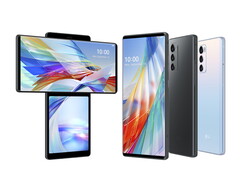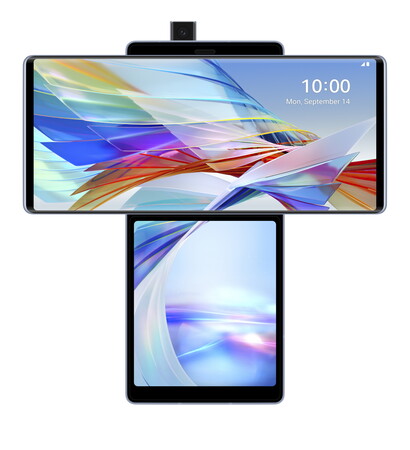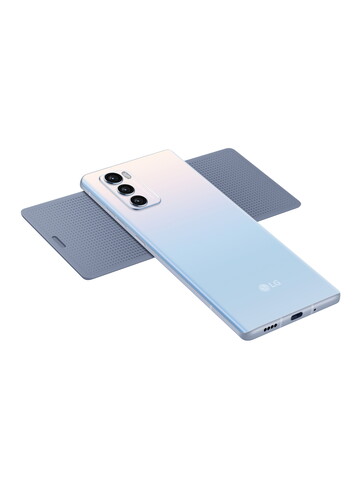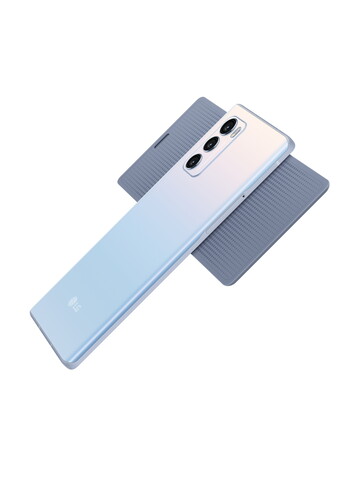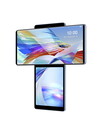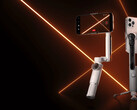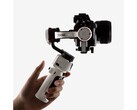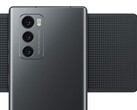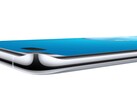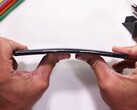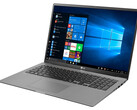LG has unveiled the Wing, its attempt at a new smartphone form factor. The Wing is the first example of the company's 'Explorer Project' series, which it will use to showcase unusual smartphone designs. The Wing certainly fits that description with its fold-out secondary display. The Wing is not a foldable smartphone like the ones that Samsung has released in the last eighteen months, but its secondary display is not detachable either as LG's Dual Screen accessories are.
Instead, the main display can be rotated 90° to reveal a small secondary one. LG has designed the secondary screen to act as an extension for what is being displayed on the main panel. For example, the secondary screen could show media controls while watching a movie or serve as a map when gaming. The Wing is only 10.9 mm thick too, making it only 2 mm thicker than the LG V60. The two devices are roughly the same height as each too at just over 169 mm, although the 74.5 mm width of the LG Wing makes it 3.1 mm narrower than the LG V60. The former weighs 262 g though, making it 49 g heavier than the global version of the LG V60.
The Wing has another trick up its sleeve, too. The device's main display measures 6.8-inches, above and below which are relatively small bezels. LG has achieved this by including a pop-up selfie camera that sits within the phone body. The latter also houses the earpiece, but LG has included a small cut-out at the top of the main display for when the Wing is in candy-bar mode.
The main display has a built-in fingerprint scanner, too. The display itself is a P-OLED panel that operates at 2,460 x 1,080 pixels in a 20.5:9 aspect ratio. These values correspond to a pixel density of 395 PPI. By contrast, the secondary display measures 3.9-inches and is a G-OLED panel with a pixel density of 419 PPI at 1,240 x 1,080 pixels.
LG has equipped the Wing with a Snapdragon 765G SoC, 8 GB of RAM and a 4,000 mAh battery. The device also has 128 GB of expandable storage and a USB Type-C port that is USB 3.1-compatible. The latter supports up to 25 W fast charging, although you can also charge the Wing wirelessly at up to 12 W. Separately, the Wing lacks a 3.5 mm jack, which may come as a surprise for LG fans.
LG has also included four cameras, including a 32 MP selfie camera. The Wing has the same 64 MP standard and 13 MP ultra-wide cameras from the LG V60, along with a 12 MP gimbal motion camera. The latter has an f/1.9 aperture, a 79.6° field of view (FoV) and a pixel width of 0.8 μm. LG has not included a telephoto lens on the Wing. However, DxOMark remarked when reviewing the LG V60 that the 2x magnification it achieves using its 64 MP sensor is 'pretty much on the same level as devices featuring a 2x optical tele' like the Pixel 4 XL.
The LG Wing costs €1,100 and will be available in Europe from November. The device will come in two colours that LG calls Aurora Grey and Illusion Sky.
Source(s)
LG




